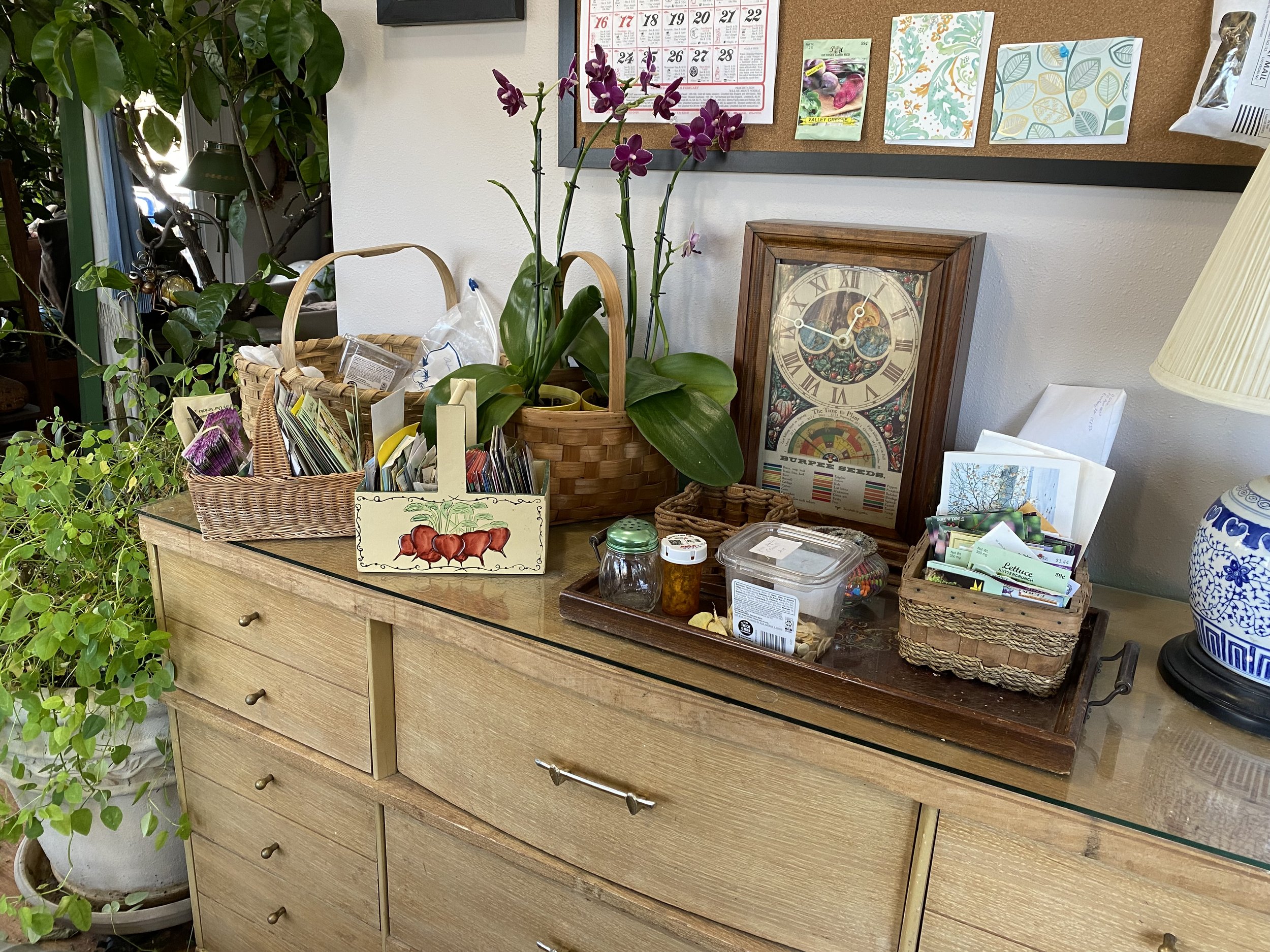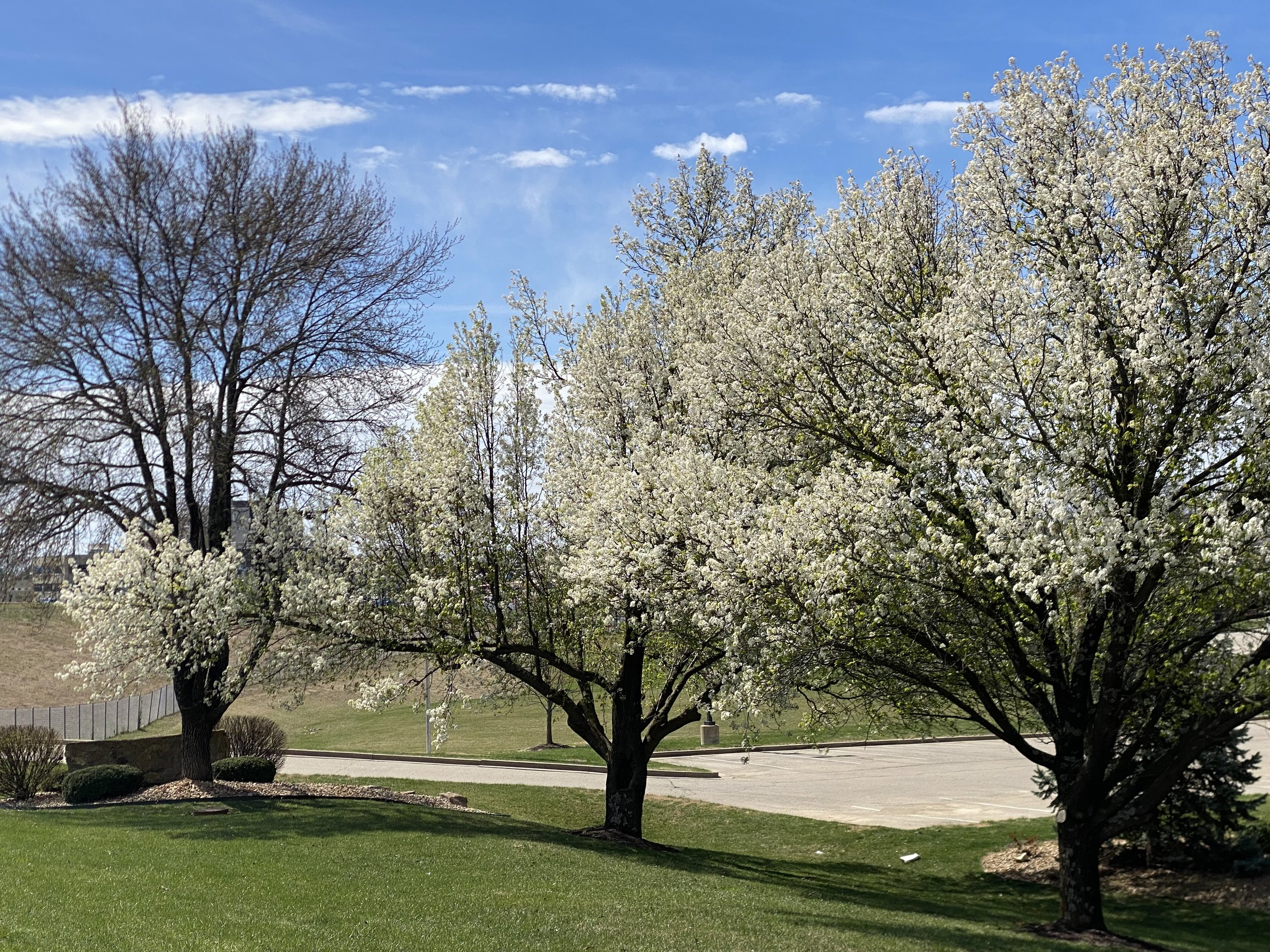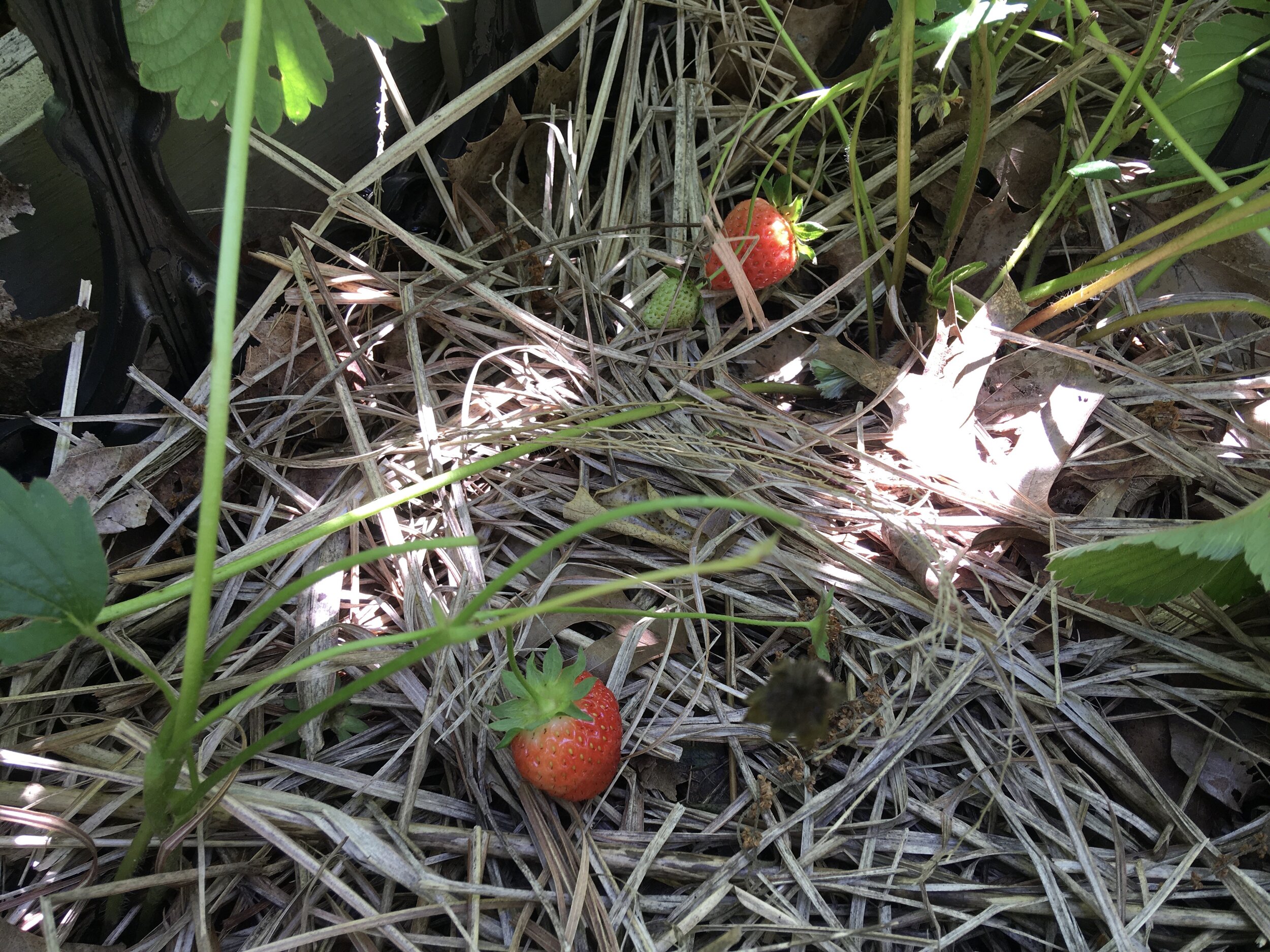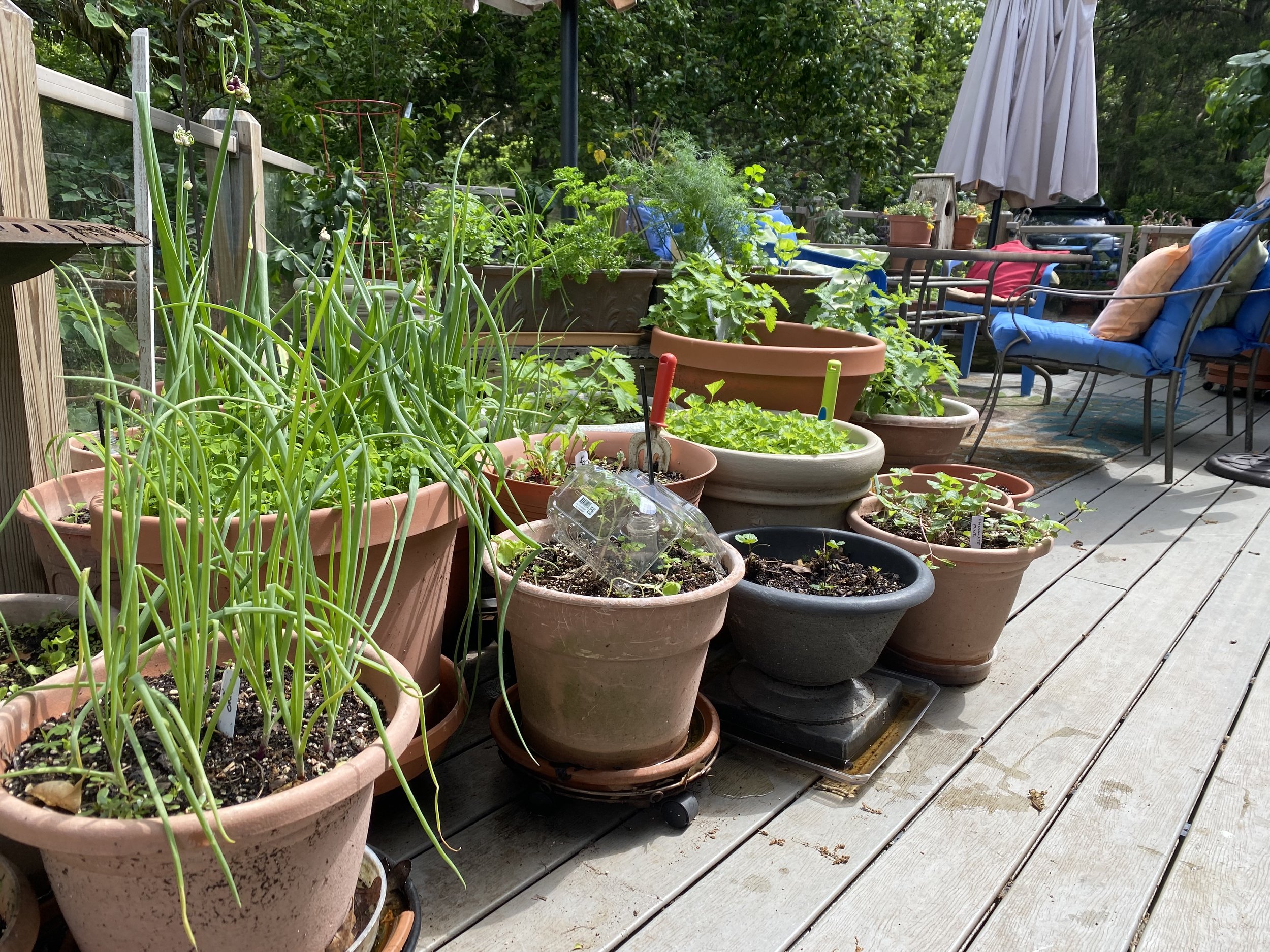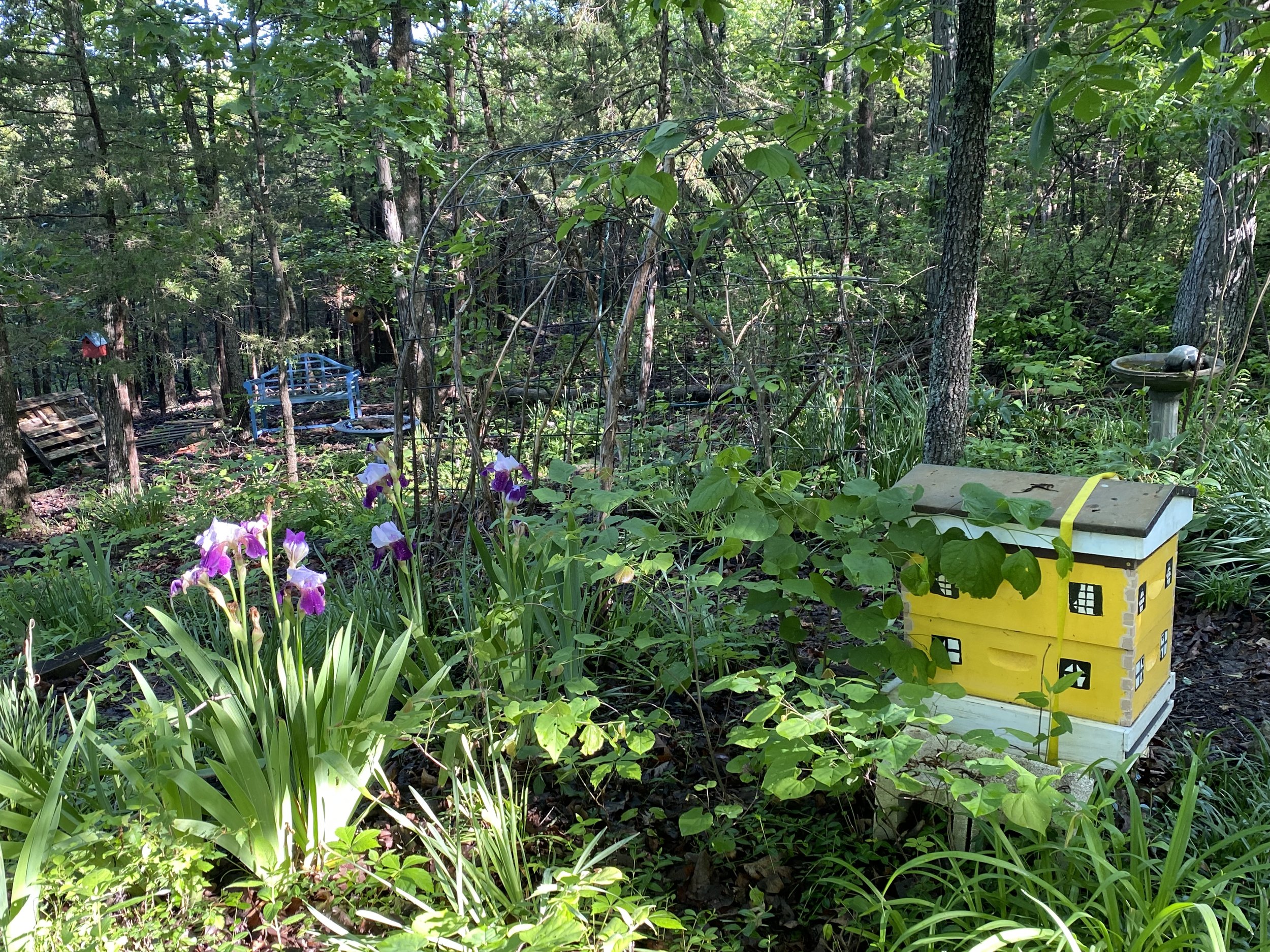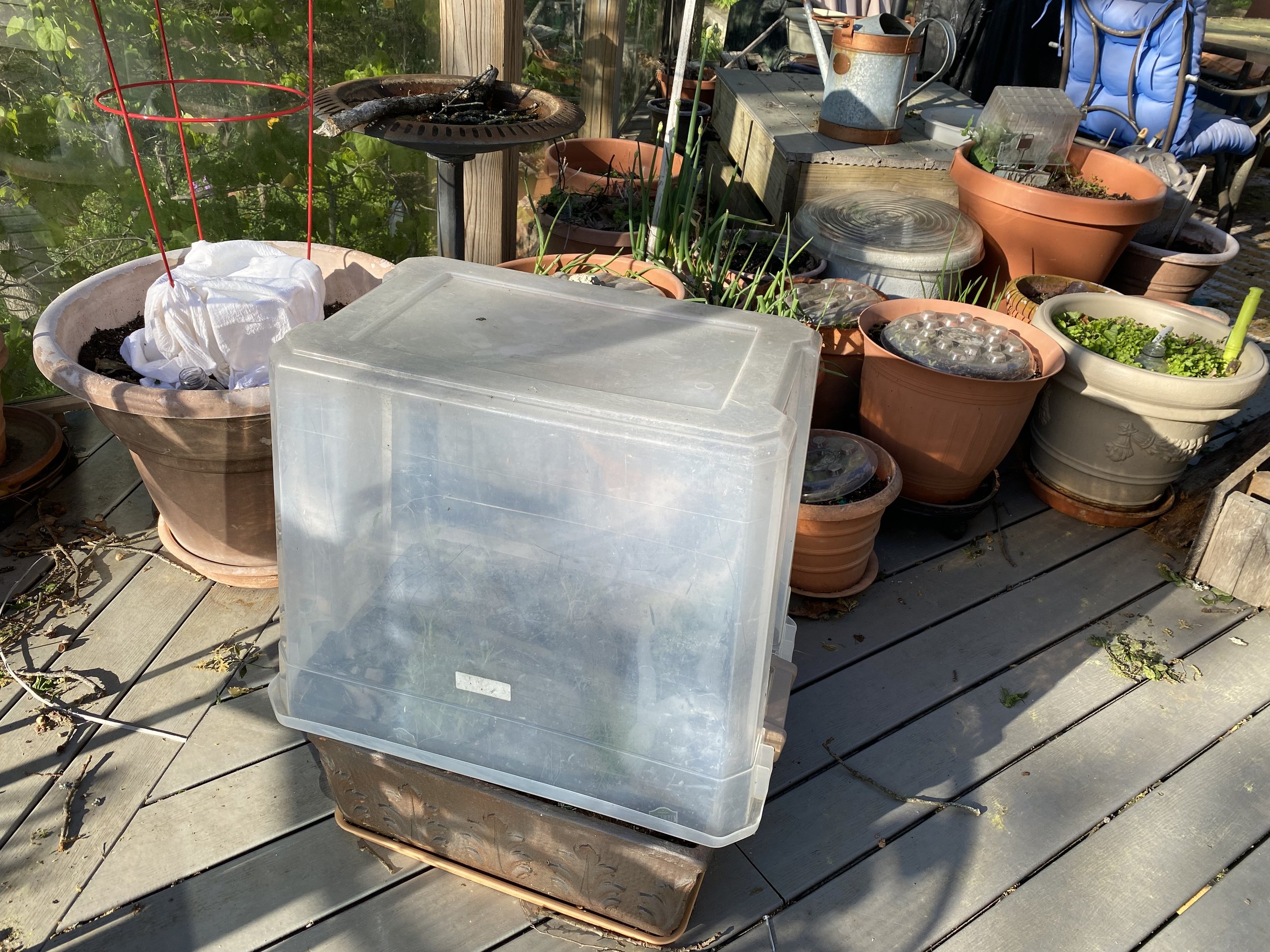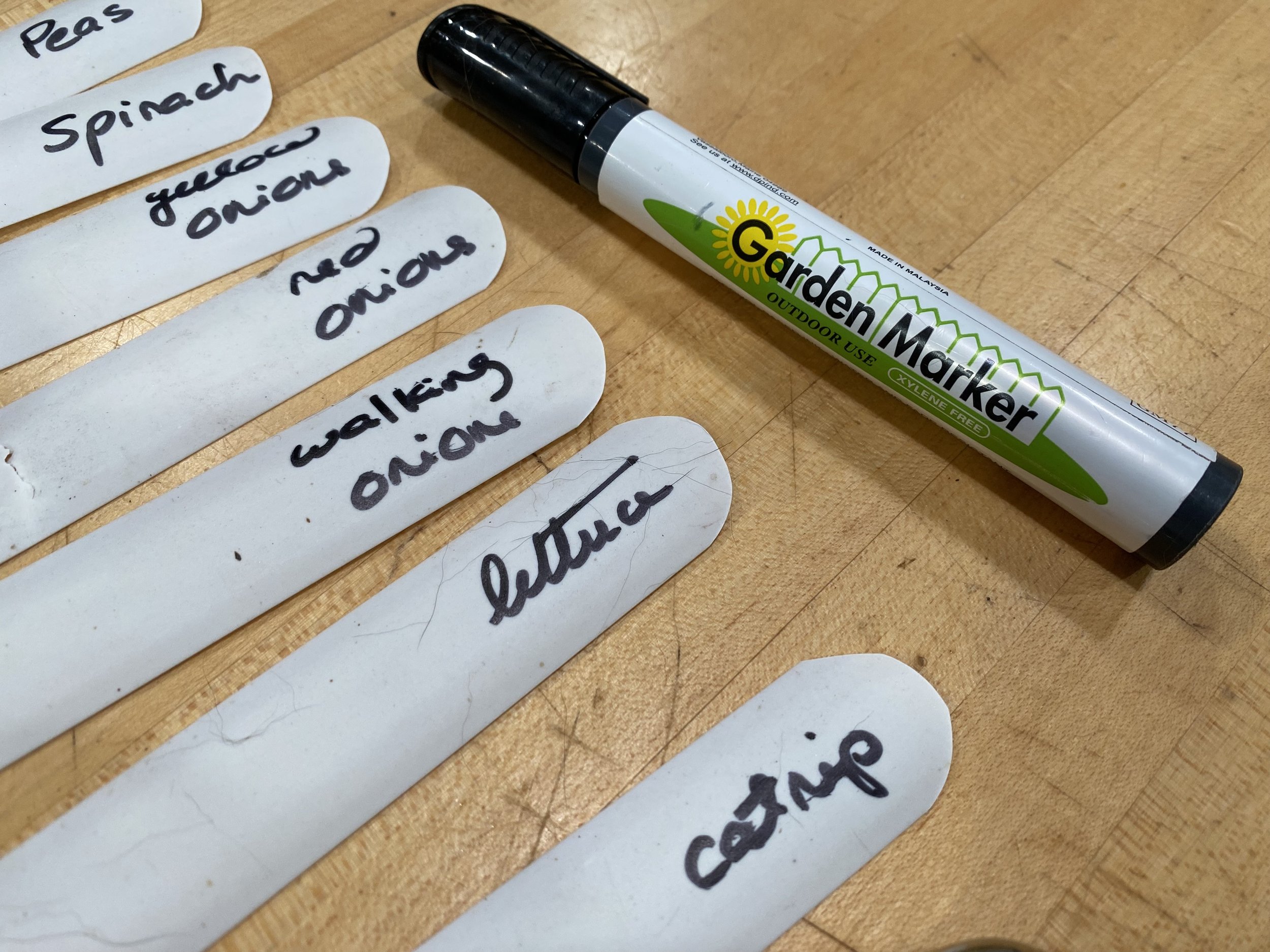Seed Sorting; Time to Organize
/time to get my seeds organized in one spot so i can get a head start on 2025. (charlotte ekker wiggins photo)
Seed Sorting
Are you tempted by seeds on sale at big box stores? Me, too. I still have seeds leftover from last year as well as seeds I’ve collected during the growing season. This is a good time to get those existing seed packets organized before splurging on new ones.
Gather All Seed Packets.
One would think this would be easy but at my house it’s more like a treasure hunt, I have seeds and packets all over the place. Collect all seed packets from the previous growing season. Include any leftover seeds from last year as well as new seeds purchased for the upcoming season.
Tip: Store them in a cool, dry place until you're ready to sort them.
2. Check Seed Viability and Expiration Dates.
Check the back of seed packets for expiration dates. Seeds have a shelf life. Older seeds may have reduced germination rates.
Tip: Use a seed viability test (such as the damp paper towel test) to check germination rates for older seeds.
3. Categorize by Type (Vegetables, Herbs, Flowers, etc.)
Sort the seeds into broad categories: vegetables, herbs, flowers, perennials, and other. This will help keep things organized and make it easier to plan for next season.
Tip: Create sub-categories if necessary (e.g., "leafy greens," "root crops," "cucurbits" for pumpkins, squash, etc.).
4. Sort by Planting Time (Cool-Season vs. Warm-Season)
Organize seeds by their planting season. Cool-season crops (like peas, lettuce, and spinach) can be started early in the spring, while warm-season crops (like tomatoes, peppers, and beans) are best started after the last frost.
This will make it easier to plan out your garden's crop rotation and planting schedule.
5. Evaluate Seed Quantity and Condition
Examine the amount of each seed variety you have. If you have too much of a certain variety, you may want to donate or trade seeds. If you don’t have enough of a certain variety, plan to buy more.
Tip: Check the seeds for any signs of damage or pest infestations, such as holes or powdery substances.
6. Create a Seed Inventory Spreadsheet
Set up a digital or physical catalog of your seeds. This can include columns for the seed variety, quantity, planting instructions, and notes on seed viability or special care.
Tip: Include a "priority" column for the varieties you want to grow first or in larger quantities.
7. Label Seed Packets Clearly
Ensure that all seed packets are clearly labeled with the variety name, planting depth, germination time, and any other relevant growing information.
Tip: For easy reference, you can color-code seed packets or use a consistent labeling system for types of plants (e.g., green for vegetables, blue for herbs).
8. Check for Seed Exchanges or Trade Opportunities
Consider looking into seed exchanges or gardening groups where you can trade or share excess seeds. This can be an opportunity to diversify your collection.
Tip: Always make sure any seeds you trade or receive are well-labeled and in good condition.
9. Prepare for Germination Testing
For seeds that you are unsure about in terms of viability, plan to conduct germination tests. This can be done by placing a few seeds on a damp paper towel and observing the sprouting rate.
Tip: Conduct germination tests a few months before planting to avoid wasting space on seeds with low germination rates.
10. Plan Your Garden Layout and Crop Rotation
Use your seed inventory to plan the layout of your garden for the upcoming season. Incorporate crop rotation principles, considering where you planted certain crops last year and what can follow in each bed.
Tip: Make notes about companion planting and potential pests to help guide planting decisions.
Bonus: Organize Seed Storage
Store seeds in an ideal environment—cool, dry, and dark. Use airtight containers, envelopes, or clear plastic bins to organize them by category.
Tip: Consider investing in a dedicated seed storage system, like a filing cabinet or clear drawer organizers, for easy access and organization.
For more gardening, beekeeping, cooking and easy home decor tips, subscribe to my free weekly newsletter Garden Notes.
Charlotte

